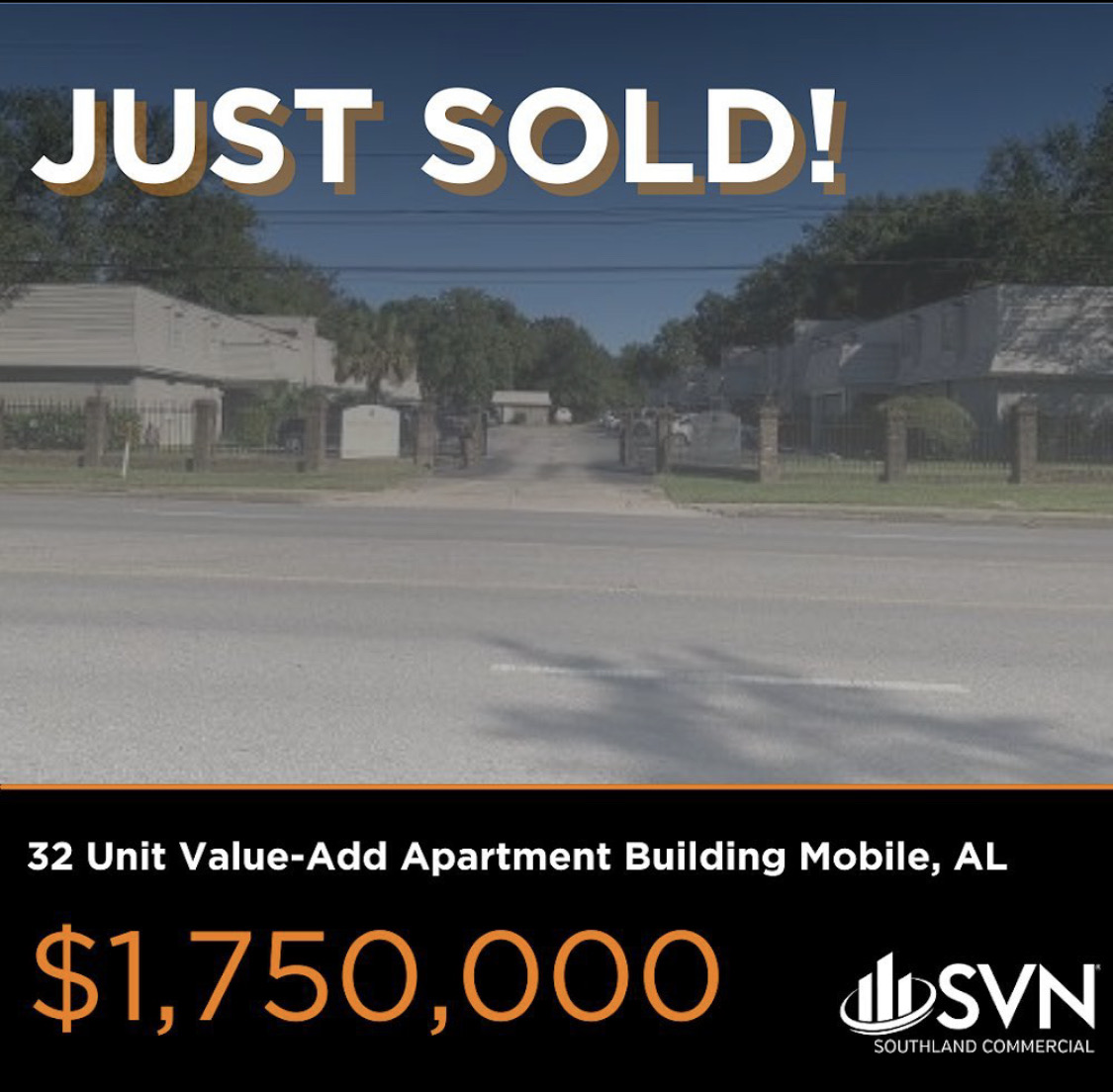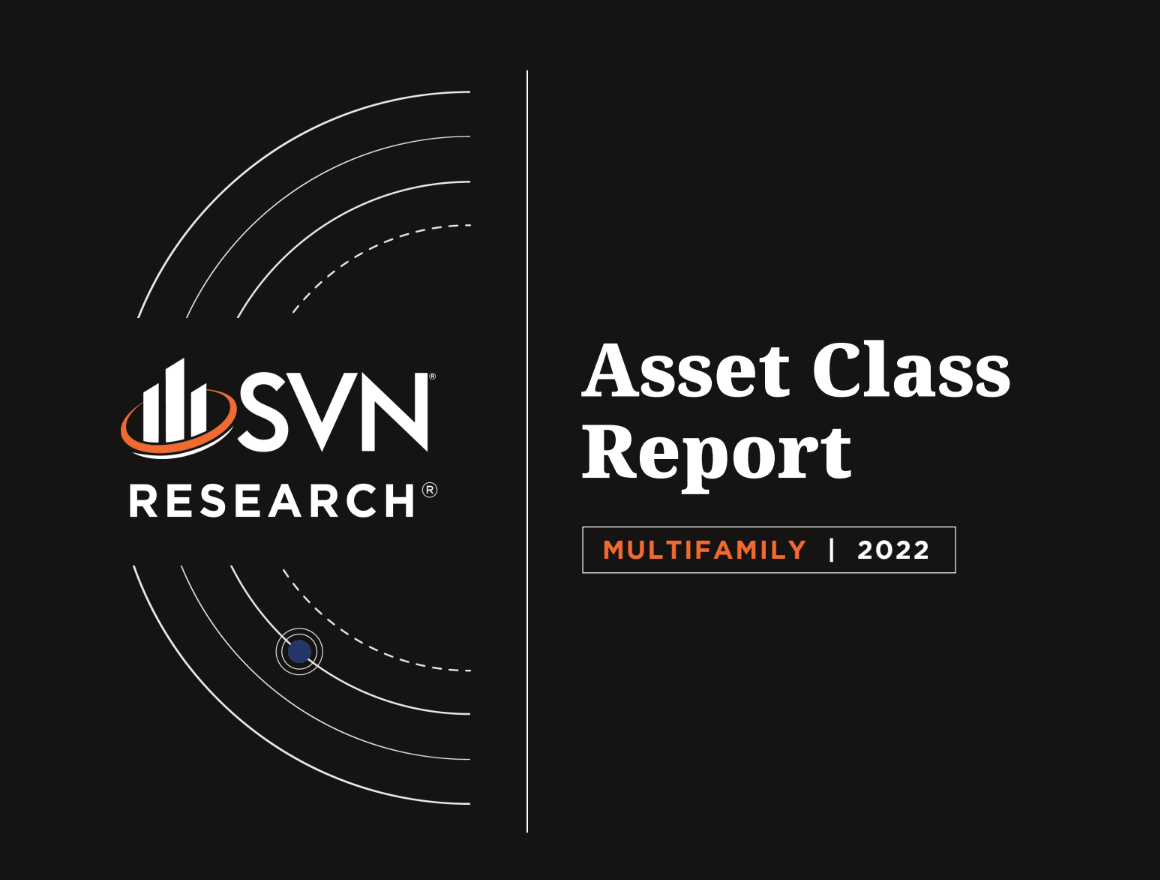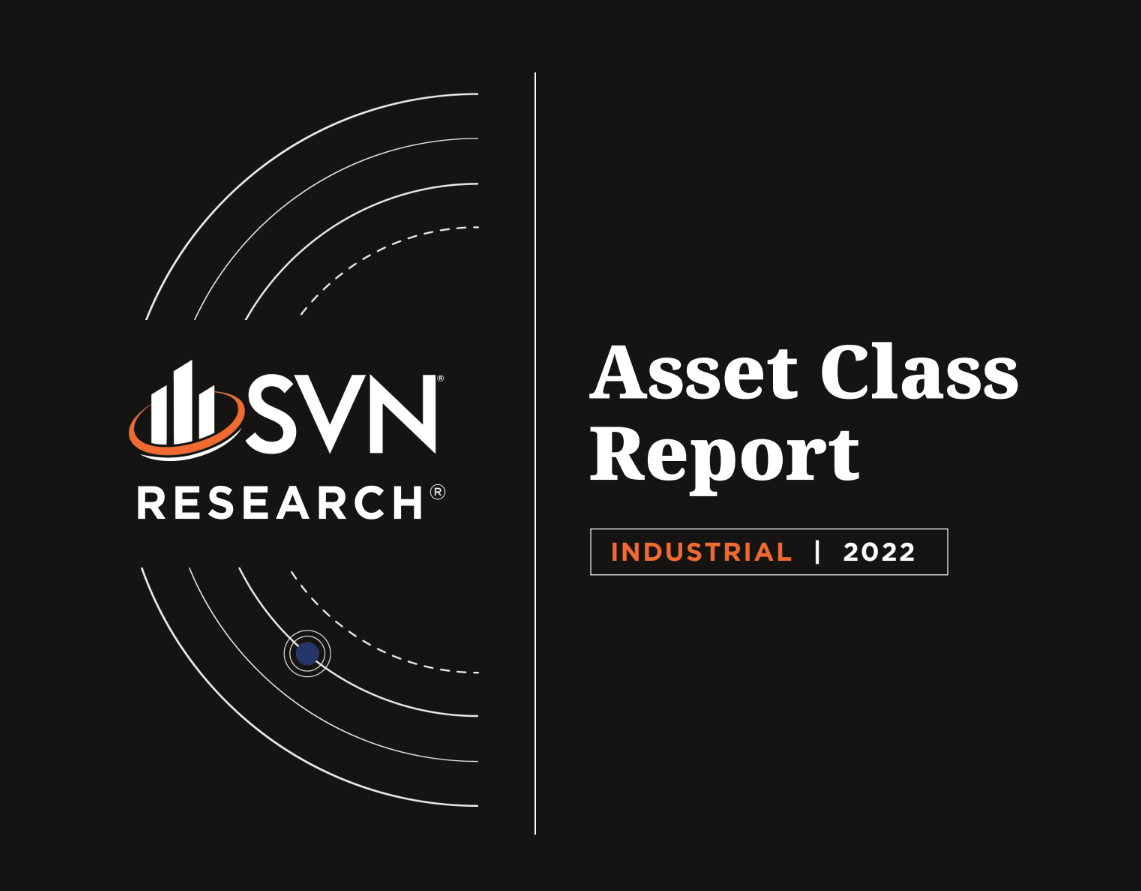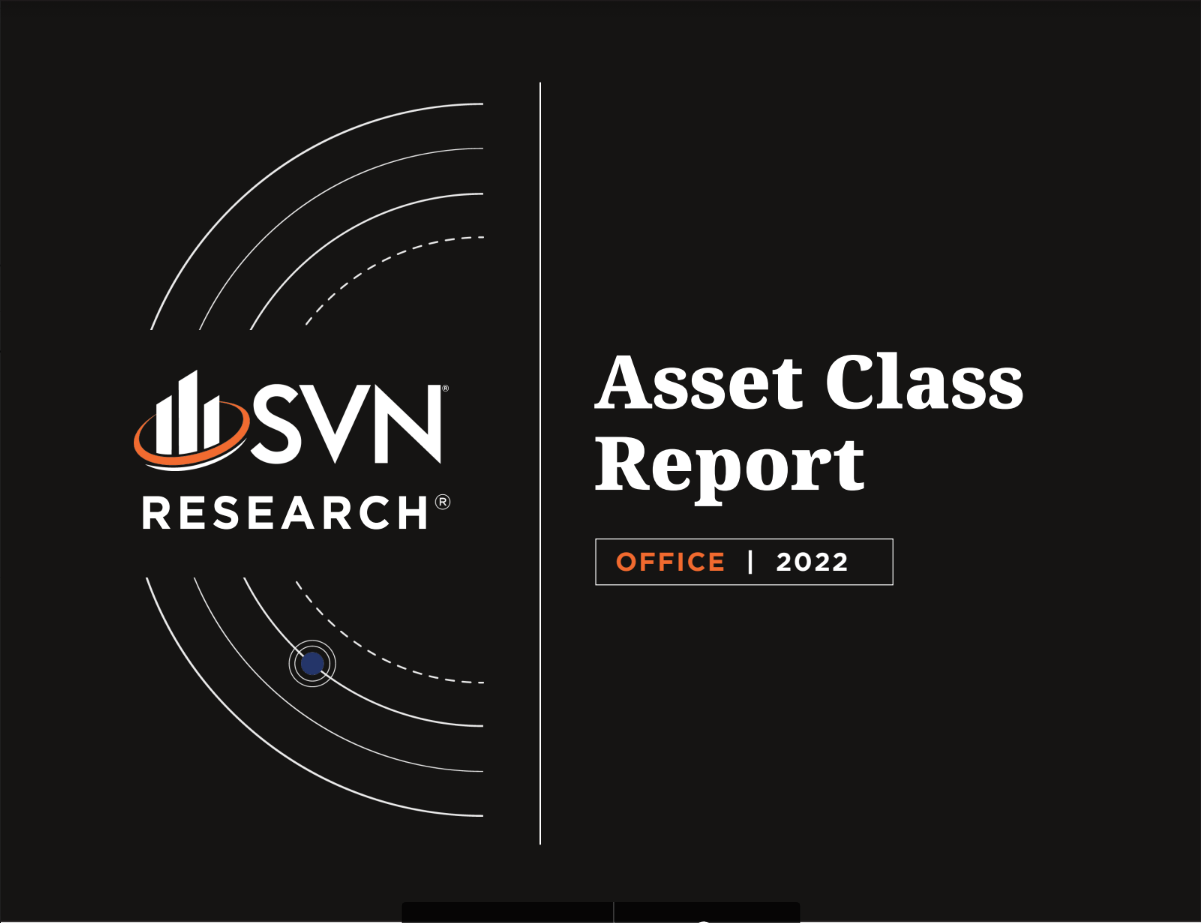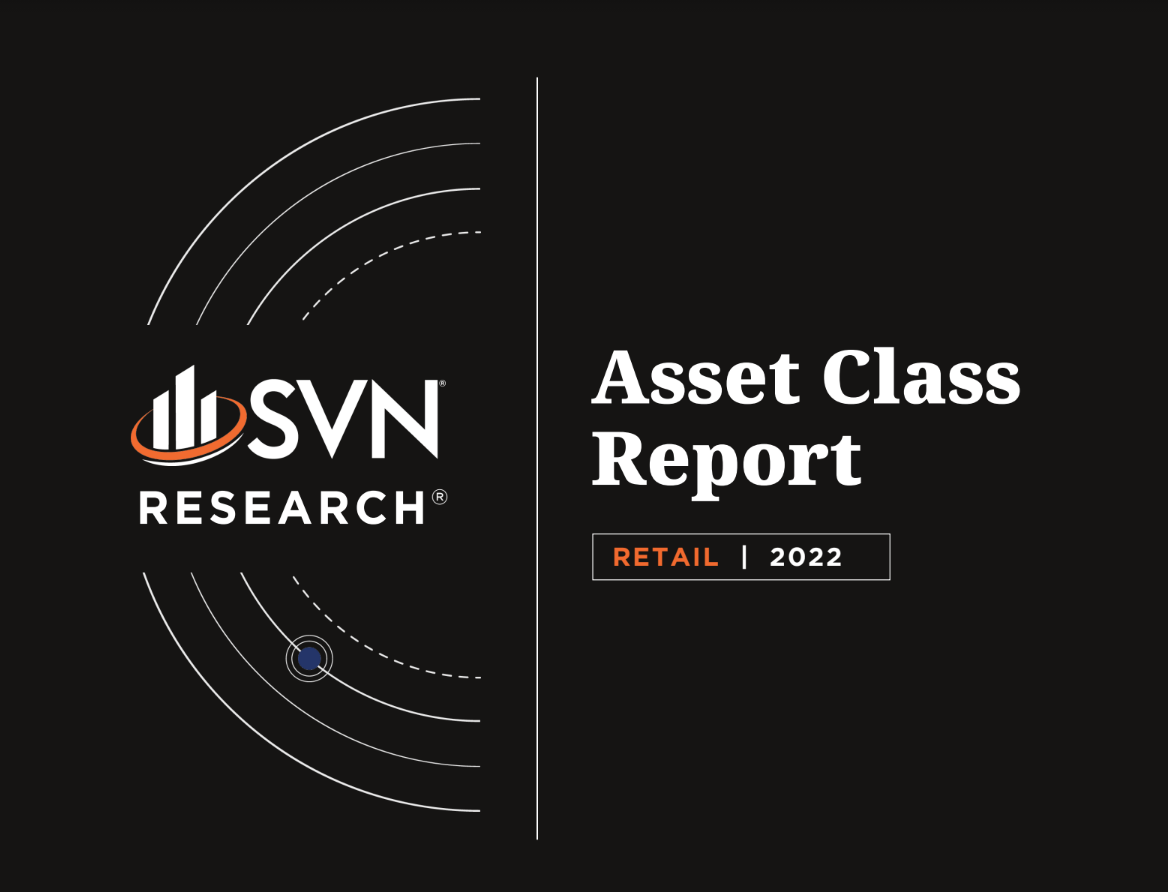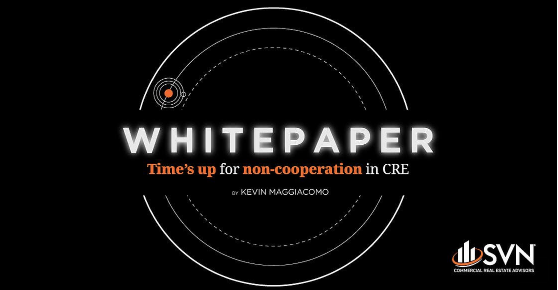admin / June 15, 2022
White Paper from SVN — The unfortunate power of misaligned incentives
Time’s Up for Non-Cooperation in CRE
The unfortunate power of misaligned incentives
By Kevin Maggiacomo
The clock is ticking on what is a systemic issue in commercial real estate investment sales: Non-cooperation and misaligned incentives create a loophole where brokers’ interests take precedence over sellers’ interests, resulting in an environment where most sellers are selling for less than fair market value. This model and way of doing business means that money is being left on the table by brokers and, more importantly, their clients.
In this white paper, we argue that:
- Today’s typical way of selling CRE assets is illogical and driven by misaligned incentive structures, instead of sound economic principles
- The CRE industry urgently needs to embrace cooperation to drive shared value in the future
- Cooperating proactively with the brokerage community is the most effective way to increase demand for CRE assets on the market
- Savvy brokers have the chance to embrace efficient, modern, and informed ways of working to achieve the best price and the best terms for their clients. We should know — SVN has been working like this for over 36 years.
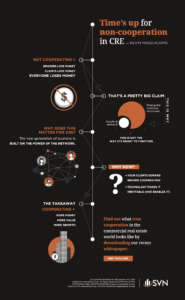
Read the full White Paper Here (click to download)
The unfortunate power of misaligned incentives
This behavior indicates that when the principle of supply and demand meets the force of misaligned incentive structures in a commission-only environment, the latter wins out. This happens in two main ways.
WHEN THE PRINCIPLE OF SUPPLY AND DEMAND MEETS THE FORCE OF MISALIGNED INCENTIVE STRUCTURES IN A COMMISSION-ONLY ENVIRONMENT, THE LATTER WINS OUT
Incentive disconnect 1
With no base salary to fall back on, brokers need to be clever when it comes to how they spend their time. Any increase in seller price, although of great importance to the seller, only translates into an incremental increase in the money in the broker’s pocket at the end of the deal. Take a $5 million commercial sale as an example. If you assume a 4% commission, it is clear that if the listing broker hustles hard and achieves $5.5 million instead, they only gain $20,000 in additional commission. To be sure, the $480,000 added to the sale price is significant for the seller but does the slight gain in commission ($220,000 vs $200,000) make sense to a broker, who could be using that additional effort on a new deal altogether? Clearly this structure does not incentivize brokers to get the best possible deal for their seller, no matter how long it takes and how much effort is required. In other words, brokers are not motivated to drive the maximum possible demand for each property. Instead, this structure incentivizes brokers to get a good enough deal by spending the least amount of time, money and effort, and to move on quickly to the next deal. (Top tip: if you haven’t already, dig out a copy of Steven D. Levitt and Stephen J. Dubner’s book Freakonomics to read their data informed discussion about how this incentive misalignment plays out in the residential real estate market. Their final takeaway is that the data shows that real estate agents do not sell their own properties in the same way they sell clients’ properties. When it comes to their properties, they spend the time creating demand and hold out for the best deal.)
Incentive disconnect 2
No doubt, when asked, some brokers will claim to cooperate with other brokers. But if this cooperation is little more than a referral fee it creates yet another misaligned incentive situation. This is because, yet again, the monetary reward does not match the amount of effort required to earn it, and brokers representing buyers are better off spending their time elsewhere, connecting their motivated buyer to a seller where the deal offers them more than 25% of the commission fee.
Stay tuned for a new featured topic each week:
- The law of supply and demand
- Leaving money on the table
-
The unfortunate power of misaligned incentives
- What does cooperation look like? & What do SVN® franchisees say about cooperation in CRE?
- Why now? & What you need to know
About SVN
The SVN® brand was founded in 1987 out of a desire to improve the commercial real estate industry for all stakeholders through cooperation and organized competition. SVN is now a globally recognized commercial real estate brand united by a shared vision of creating value with clients, colleagues and our communities. When you choose SVN, you mobilize the entire SVN organization of experts and all our trusted relationships to act on your behalf. This shared network is the SVN Difference. To learn more, visit our website, www.svn.com.
« Previous Next »








